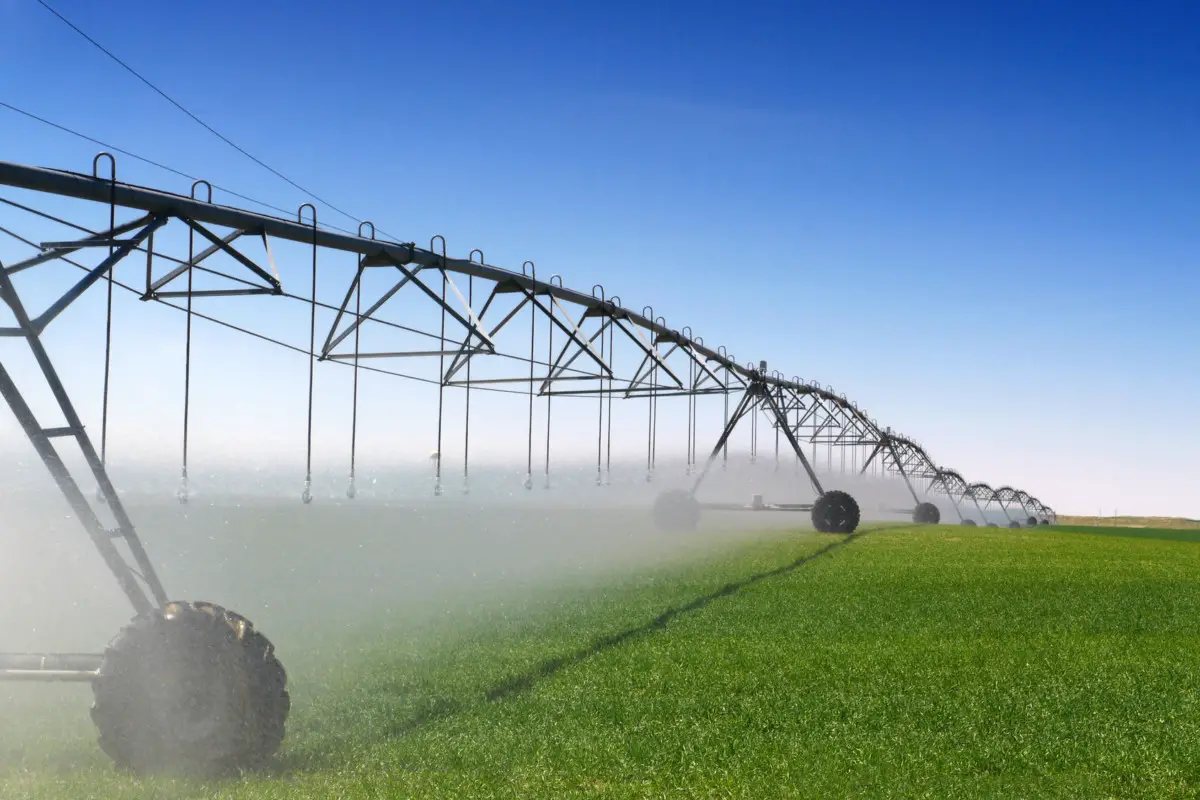Dryland Farming is used to combat the overall lack of precipitation in the regions that don’t provide enough natural rainfall or can’t afford the cost of irrigation while others use Dry Farming methods because the crops they grow don’t need a lot of water to cultivate and produce. What is Dryland Farming?
Dryland Farming encompasses specific agricultural techniques for the non-irrigated cultivation of crops in arid areas that are prone to water scarcity & drought using dry farming methods of producing crops during dry seasons using the moisture stored in the soil from the previous rainy season.
With the world population growing at a fast pace it brings a demand for more food to grow and water to make it grow. Along with Global warming and Water Scarcity, this rain is not guaranteed to be distributed evenly across the earth which brings the threat of drought and lack of irrigation to the agricultural areas that demand it. More sustainable farming like Dry Farming is needed more than ever.
Dry Farming
Dry Farming also referred to as Dryland Farming encompasses specific agricultural techniques for the non-irrigated cultivation of crops. Dry farming is associated with areas called drylands, areas characterized by a cool wet season followed by a warm dry season. They are also associated with any regions that have arid conditions, areas prone to drought, and those having scarce water resources which include many parts of the United States and many parts of the world.
Crops grown in what are called dryland farming regions are cultivated without the use of supplemental irrigation during the dry season. Simply put, dry farming is a method of producing crops during the dry season by using the moisture stored in the soil from the previous rainy season.
Dry Farming produces crops during a dry season by utilizing the residual moisture in the soil from the previous rain, usually in a region that receives 20” or more of annual rainfall. Dry farming works by conserving soil moisture during long dry periods primarily through a system of tillage, surface protection, and the use of drought-resistant varieties of crops and plants.
It is practiced all over the world in places like India, Australia, and American Southwest where crops can be cultivated in the dry seasons for that region. In California. Colorado and Oregon Dry Farming has been practiced for years and especially today where existing draughts are a problem. Crops include wheat corn beans and even watermelons are some of the crops that are cultivated. Native Americans have practiced Dry Farming for hundreds of years in the dryest parts of North America.
Crops use moisture stored in the soil over the winter rather than using rainfall over periods of time during the growing season for a variety of crops. Dry Farming has developed into a set of managing techniques and practices that have been used for decades. The practices were developed by farmers over the years that utilize the lack of rainfall during the region’s dryer times during the crops’ growing cycle.
How Does Dry Farming Work
Agriculture is among the biggest users of water by irrigation. Unfortunately. According to the U.S. Department of Agriculture, some 80% of consumptive water use goes to agricultural irrigation. That amount increases to around 90 percent in some western states. The Food and Agriculture Organization of the United Nations estimates that as much as 60 percent of the water used in agriculture is wasted through runoff into waterways or evaporation.
Farmers that use this way of sustainable farming use creative methods of producing crops:
- Preserving Moisture-One thing that will devour the water content of the soil is weeds. Weeds compete with crops for moisture and sunlight and can devastate a dry farm. A proper cultivation program is a must when considering dry farming so that weeds can’t establish themselves. Soil should be regularly cultivated or tilled. By tilling dry farmers can manage existing water that is in the soil.
- Cover-One such tactic is covering the ground with an organic mulch—hay, leaves, wood chips, or straw either after tilling or in place of it. This can do a lot to help preserve ground moisture. The mulch protects the bare soil from the sun, preventing evaporation, but it also blankets the ground, providing a barrier from heat and wind, which can both contribute to dry soil.
- Timing- Another factor in dry farming is timing the planting of crops when the moisture is right. This is where the art of dry farming really becomes apparent. Some crops are more tolerant during the initial stages of farming than others. Winter and spring, for instance, when rainfall is not as much of an issue and local produce might be notably in shorter supply, is a great time to dry farm.
- Adding Organic Matter-Amend the soil with plenty of aged organic matter twice a year and double dig the soil to loosen and aerate it in the fall. Cultivate the soil lightly after every rain even to prevent crusting.
Dry Farming involves the constant monitoring of moisture available in the soil or lack of it. Dry farming is not a yield maximization strategy; rather it allows nature to dictate the true sustainability of agricultural production in a region. This type of farming is still like other types of farming ultimately reliant on the amount of natural rainfall for a given time but then using the rainfall in a more sustainable way to capture every drop. They use the good years of rainfall to offset the dry years to make it all work.
Dry Farming Crops
- Tomatoes- Members of the nightshade family tend to be sun-loving crops that do better in drier climates so long as they are established first. Water is important for the first few weeks.
- Peppers-Another nightshade, peppers can do well in dry farming if you take the time to establish them. Keep them well mulched, but expect delicious peppers throughout the summer.
- Eggplant- Like peppers and tomatoes, eggplants are built for summer production water them for the first few weeks
- Potatoes-The potatoes are great in a dry-farming situation are that they are typically planted early enough in the year that they can take advantage of the spring rainfall in most regions
- Sweet Potatoes- Squash-Farmer Jessie in our video is high on them because of the cost of water and irrigation.
You don’t have to be a Farmer sitting on 1000 acres of land to use these Dry Farming techniques, home gardeners can use this old sustainable way of growing food without the worry of community drought emergencies that are becoming more and more necessary these days. Using recycled rainwater from rooftops and Drip irrigation methods we can all conserve and do our part as stewards of this earth. Using it naturally to grow food while recognizing the limited supply of water.
JimGalloway/Author/Editor

References: USDA–Economic Research ServiceU.S. DEPARTMENT OF AGRICULTURE
California Ag Water Stewardship Initiative–Dry Farming

